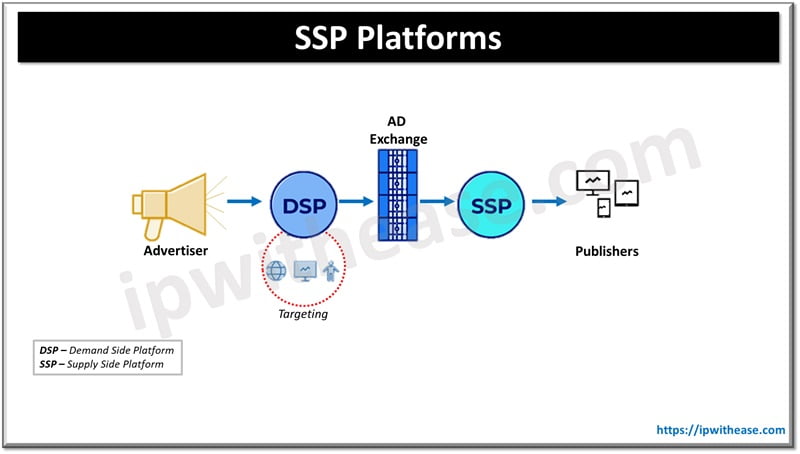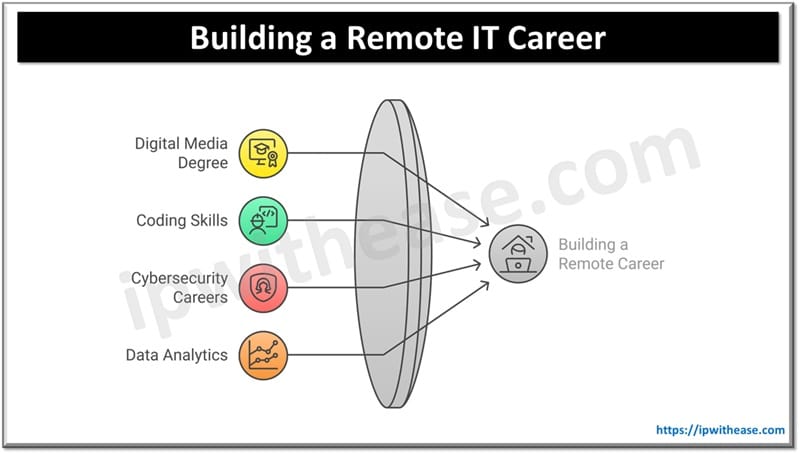Table of Contents
Salesforce is a powerhouse CRM solution that can empower an organization toward better processes, better customer interaction, and growth. Nonetheless, it has to be well thought out in its planning, execution, and optimization in order for successful implementation to take place.
Success in any project, including the Salesforce implementation, largely depends on leadership. Leaders guide their teams, make sure business objectives are aligned with technology, and ensure that important skills and motivation are developed along the whole journey of implementation. From defining the critical stages of a successful Salesforce implementation to considering the smooth delivery of Salesforce implementation services, this comprehensive guide walks you through it all in detail.
What Is Salesforce Implementation?
Salesforce implementation refers to setting up and configuring to suit your particular needs, processes, and business goals. This would include:
- Needs Assessment: This will mean ascertaining the pain points, objectives, and outcomes.
- Platform Selection: Choosing the right Salesforce edition, considering the size of your organization, industry, and requirements.
- Data Migration: Transferring the existing customer data and information to Salesforce.
- Customizing and Configuring: Setting up the platform with your process workflows, reporting requirements, and user preferences.
- Integration: Integrating the system with other systems, such as marketing automation, email, and accounting software.
- Training and Adoption: This would involve enabling your staff to have all competencies in the use of Salesforce.
- Ongoing Optimization: Launch Salesforce and continue working toward refinement and improvements in using it.
Related: Introduction to SDN OpenDayLight Project
Why Should You Implement Salesforce?
Implementation of Salesforce is one strategic move that offers a wide array of benefits, addressing the needs of businesses across diverse business functions.
- Nurture Better Customer Relationship: Interact with your customers more effectively by collating their information, tracking interactions, and delivering experiences that are personalized.
- Increased Sales Productivity: Better streamline your sales processes, automate tasks, and gain insightful knowledge about sales performance.
- Effective Marketing Campaigns: Serve the right audience better; again, this also helps in measuring the efficiency of campaigns for further optimization.
- Smarter Team Collaboration: This would save time and leave room for better communication and cooperation amongst teams, including the sales, marketing, and customer service teams.
- Data-Driven Decision Making: Real-time data and analytics can help you make better and data-driven decisions.
How to Prepare for Salesforce Implementation in 8 Easy Steps
- Clearly Define Objectives: Set up specific objectives and measurable deliverables for your Salesforce implementation.
- Conduct an Effective Needs Assessment: Address the pain points and challenges of your target audience and provide solutions along with desired improvements.
- Gather Your Team: Create a professional resource team with experience in Salesforce, project management, business analysis, and technical skill sets.
- Create a Detailed Project Plan: Outline the scope of your project, timeline, resources, and critical milestones for proper implementation of Salesforce.
- Choose the Right Salesforce Edition: Optimize and standardize your data to ensure accuracy and reliability. Choose an edition that best fits your business needs and budget.
- Consider Customization and Integration: Determine how much customization your business will need and the necessary integrations that have to be performed based on your requirements.
- Plan for User Adoption: Develop strategies to encourage user adoption and look for ways to minimize resistance to change.
- Allocate Resources: Resources include all those that are budgeted, personnel, and technological in nature that are available to execute the plan.
Common Salesforce Implementation Challenges
In adopting and scaling up Salesforce for your businesses, organizations usually face some obstacles that hinder its effectiveness. From data quality issues to user adoption challenges, these may stand in the way of Salesforce delivering maximum value. It is only when these common challenges are recognized that organizations can take proactive steps to ensure that the implementation of Salesforce is successful and that it is used continuously.
- Data Migration Issues: Data quality and consistency in the migration process need to be ensured.
- User Resistance: Manage the change effectively to have minimal resistance and ensure that users adapt to the platform.
- Integration Complexity: The integration with other systems should be very carefully planned to avoid disruptions.
- Customization Challenges: There is a need to balance customization against native Salesforce features to preserve usability and maintainability.
- Project Overruns: Clear project timelines and burgers need to be drawn out and regularly monitored.
- Lack of Training: Engage in extensive training, ensuring the users become proficient in using Salesforce.
- Ongoing Optimisation: Continuous checks and improvements concerning Salesforce should be made so that the pace of change of business needs is matched and full benefits from Salesforce are ensured.
Conclusion
A properly implemented Salesforce will give your organization exponential boosts in efficiency, productivity, and customer satisfaction. With these steps in this blog, one can be assured of a hitch-free and successful implementation. Remember the business needs, keep key stakeholders engaged, and unlock the power of Salesforce in driving growth and innovation.
ABOUT THE AUTHOR
IPwithease is aimed at sharing knowledge across varied domains like Network, Security, Virtualization, Software, Wireless, etc.



